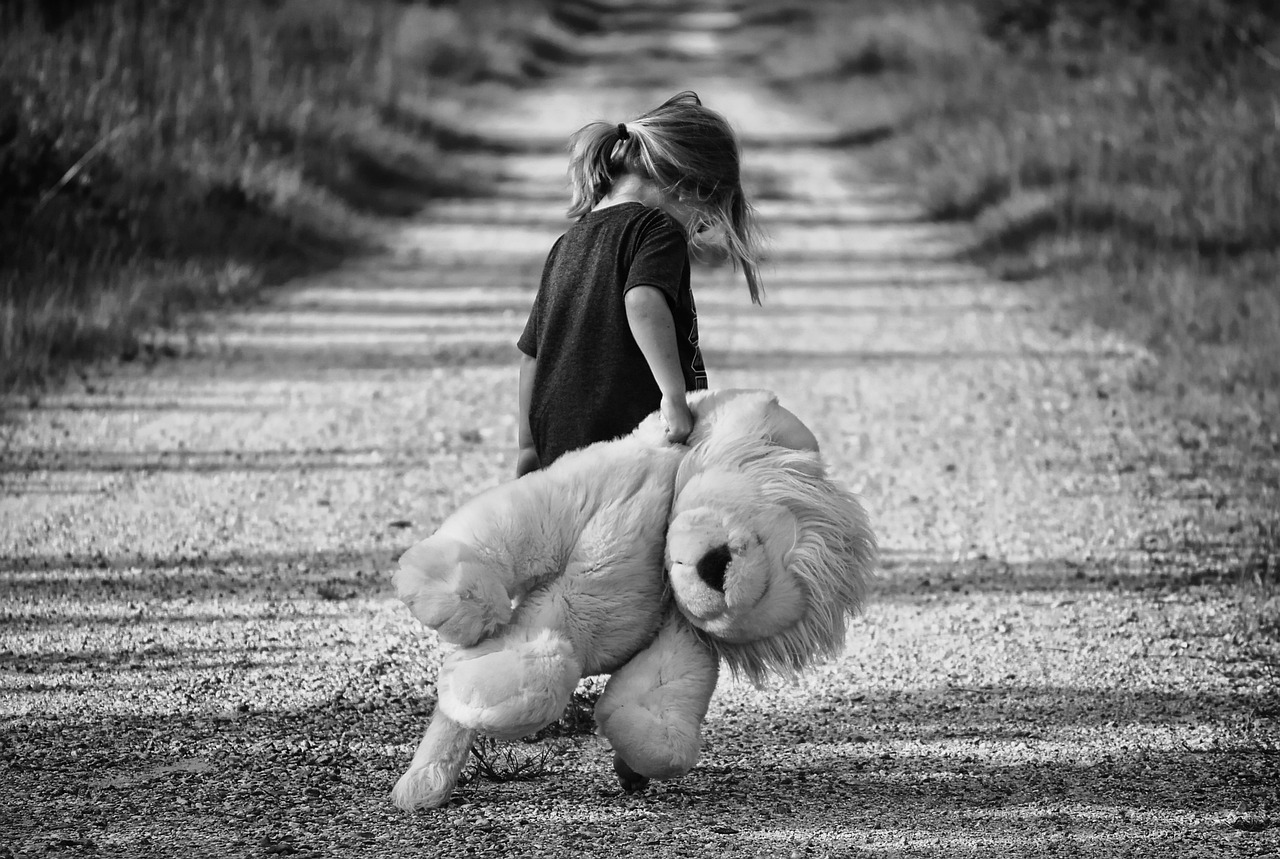Dear younger me…..(pause)
What do I tell her?
What do I tell the bright-eyed girl back in the village, whose unforgiving life experiences denied her a chance to truly enjoy her childhood?
What do I tell that songbird whose joy was drained by crippling anxiety at every dusk?
Dear younger me….this is what I would wish for you to know.
……………………………………………………….
Writing letters to your younger self: A therapeutic journey of reflection and healing.
As we navigate life, it is natural to reflect on the choices we have made, the experiences we have lived through and the lessons we have learnt. One highly recommended way to engage in this process is by writing letters to your younger self. This not only offers a unique form of self-expression, but also serves as a bridge between the past and the present. Writing letters to your younger self allows for healing, self-discovery and personal growth. As a therapist, I often encourage my clients, and especially those who come in to begin healing from their childhood wounds, to embark on this journey of introspection with compassion and intention.
Embrace compassionate reflection.
Writing letters to your younger self involves revisiting moments from your past with a compassion. Self-compassion is an important element in the healing process because when you learn to extend kindness and understanding to the person you once were, you can then begin releasing any lingering self-criticism or regret. Remember that your younger self was navigating a world of uncertainties, much like your present self.
Create a safe space.
Are you getting ready to write that letter? Before putting pen to paper, create a safe and comfortable environment for yourself. This will allow you to open up and reflect without feeling rushed or pressured. I emphasize on the value of feeling secure in the space where you are, because it will help you engage in meaningful self-exploration. Set aside dedicated time, perhaps in a quiet space, where you can focus solely on connecting with your past self.
Be honest!
Authenticity is a cornerstone of writing letters to your younger self. You will need to approach your letters with honesty and vulnerability, just as you would during a therapy session. As you address your younger self, share your experiences, emotions and insights openly. For instance, what happened? How did that make you feel? Who was involved? This transparency fosters a deeper connection with yourself and paves the way for healing unresolved wounds. Keep in mind that this process is meant to benefit you, and being true to your feelings is an essential step towards growth and healing.
What lessons have I learnt?
As you write to your younger self, acknowledge the lessons you’ve learnt over the years. How have these experiences shaped you and contributed to your personal development? This step aligns with the principles of Cognitive Behavioral Therapy (CBT), where recognizing the connections between your thoughts, feelings and behaviors can lead to positive change. You will need to also highlight the strengths you have cultivated and the resilience you have demonstrated through the years, and also reassure your past self that growth is an ongoing journey.
Guiding your younger self.
Drawing from the knowledge that you have now, what guidance and wisdom, can you give to your younger self? Think of this as a form of self-parenting / reparenting, where you offer insights that could have been beneficial during pivotal moments of your life. I often encourage my clients to develop their inner nurturing voice – be kind to yourself. Again, this is very essential for those who are seeking to address and heal their childhood wounds. You can now use this opportunity to encourage your younger self with the kind of support you wish you had received.
Seeking closure and healing.
Writing these letters can provide a sense of closure and healing that is akin to the therapy process you would go through with a trained therapist such as myself. As you offer insights, acknowledge pain and celebrate growth, you are essentially creating a space for reconciliation with your past. That reconciliation can give you a sense of closure, even when the people who played a role in your past don’t participate in your healing process. This step is aligned with the ‘Gestalt therapy principles’, where acknowledging and integrating different aspects of oneself can lead to a sense of wholeness.
Keep going!
Once you have written your letters, the journey doesn’t have to end there. Just as therapy is an ongoing process, so is the practice of writing letters to your younger self. You are growing and learning by the day, and there will always be something to add to what you wish to tell your younger self. Different seasons in our lives bring a different perspective that perhaps we could share with our younger selves. Consider revisiting your letters periodically, especially during times of transition or when faced with new challenges. Doing this can offer fresh insights and reminders of your progress.
Writing letters to your younger self is a powerful and therapeutic journey that I encourage you to try. Approach this with gentleness and a willingness to explore your past with compassion. When we embrace self-reflection, honesty and self-guidance, we pave the way for healing, growth, and a deeper connection with ourselves. Remember that the process is for your benefit, and the insights gained can be a source of inspiration and transformation for years to come.
What would you like to tell the younger you?



